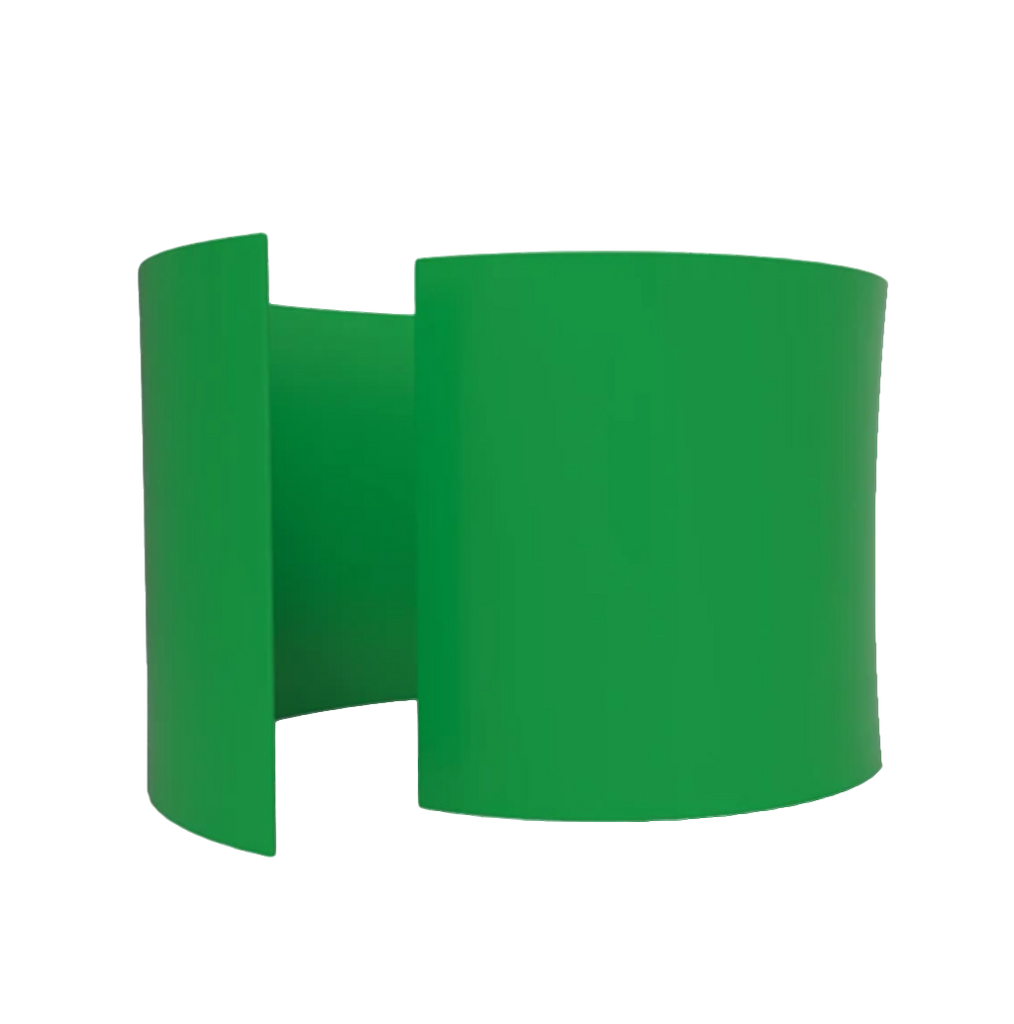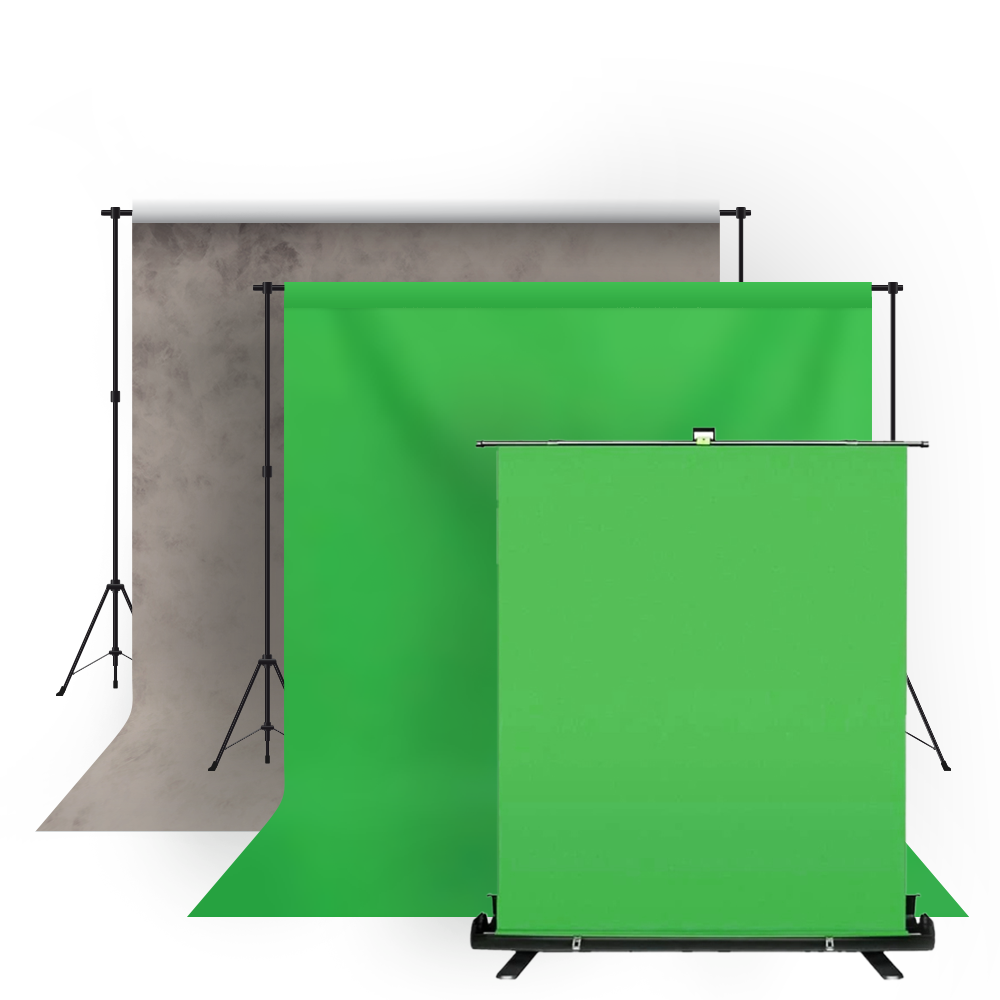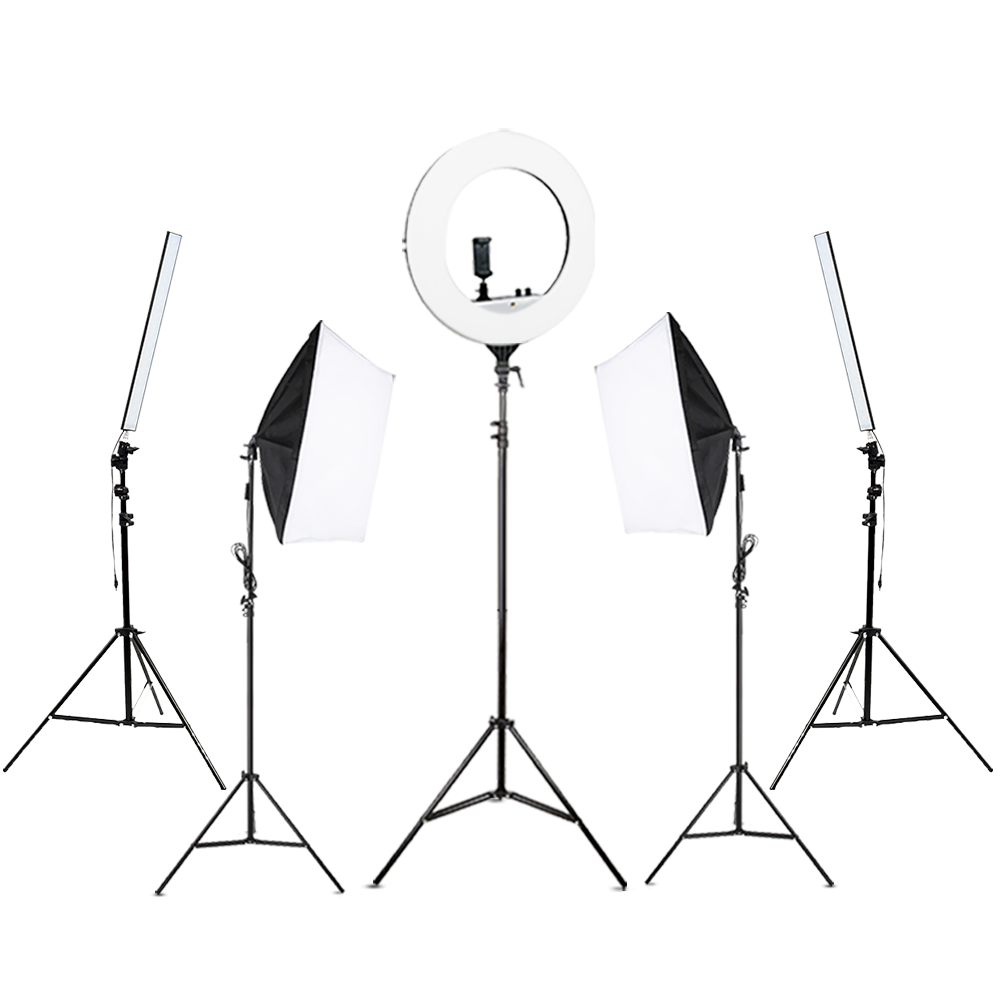Macro photography for beginners
Posted by Backdropsource Collaborator on
What Is Macro Photography ?
Macro photography involves photographing very small objects with absolute focus. Macro photography can give new and amazing perspectives on the objects that we see in our day -to-day life. Macro photography comes in very handy when capturing insects, flowers and other wonders of nature. It also serves as a very useful technique in the field of forensics in order to document blood stains, bruises, attack wounds, etc. Things to keep in mind while taking macro photographs:
Shallow depth of field:
Macro mode normally involves very high magnifications. Usually images with such high magnifications will have a shallow depth of field. So one should take at most care in determining where the depth of field should fall in his picture. So before going for the shot one must determine which part of the frame should have the sharpest focus. This cannot be achieved by auto focus, as which part of the frame should have the sharpest focus. This cannot be achieved by auto focus, as sometimes the evaluation might go wrong. So it is very important to handle macro shots with manual focus to get a very good focus on the picture. This is a key factor to achieve mind blowing macro shots.
Use a dedicated macro lens:
So load up your camera and have fun!!!
 support@backdropsource.com.au
support@backdropsource.com.au
 +61 7 3053 8668
+61 7 3053 8668

 New Zealand
New Zealand USA
USA Canada
Canada United Kingdom
United Kingdom France
France Spain
Spain Germany
Germany India
India United Arab Emirates
United Arab Emirates








